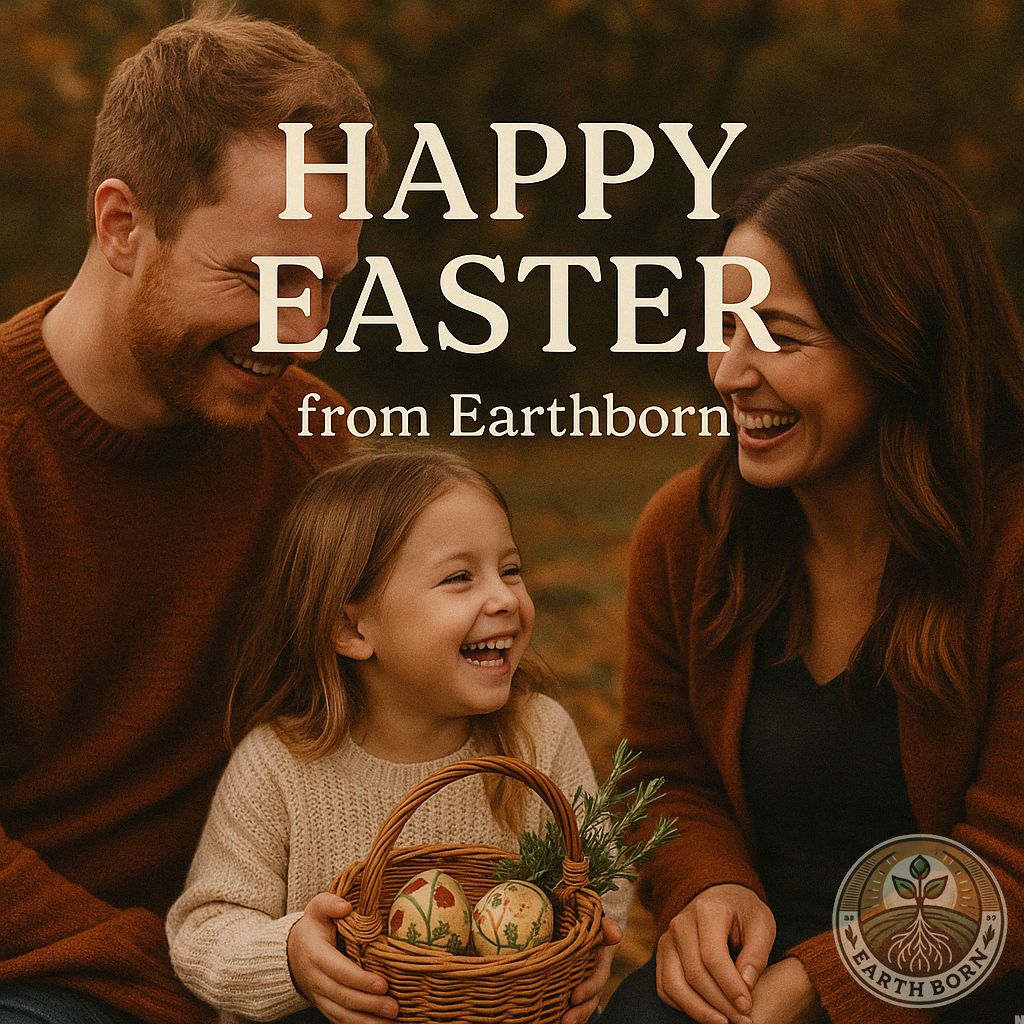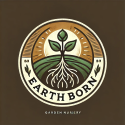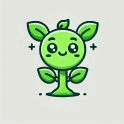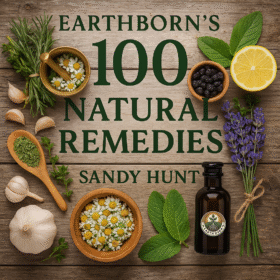
At Earthborn, we believe that the earth speaks—and sometimes, if we listen closely, it whispers truths that have been with us since ancient times. Across the pages of the Bible, plants and herbs appear not just as food or fragrance, but as symbols of healing, faith, and renewal.
Whether you’re harvesting herbs, sharing nourishing remedies, or simply enjoying quiet moments with loved ones—your Earthborn family is celebrating with you.
As we gather around our gardens this Easter season, let’s explore some of the sacred herbs and plants mentioned in the Bible—and how their legacy continues to guide and nourish us today.
🌾 1. Hyssop – A Symbol of Cleansing and Renewal
“Purge me with hyssop, and I shall be clean; wash me, and I shall be whiter than snow.”
— Psalm 51:7
Hyssop was used in purification rituals in ancient Israel. Today, it is known for its antiseptic properties and is used in herbal remedies to support the respiratory system and cleanse the body. You can grow hyssop easily in a sunny spot—it attracts pollinators and adds a wonderful fragrance to your garden.
How to Use: Steep dried hyssop leaves in hot water for a cleansing herbal tea. Use sparingly.
🌿 2. Frankincense – Sacred Resin of Prayer and Peace
“Then they opened their treasures and presented Him with gifts of gold, frankincense, and myrrh.”
— Matthew 2:11
Frankincense, harvested from the Boswellia tree, has been used for centuries to enhance meditation, soothe anxiety, and reduce inflammation. While not a traditional garden plant, the oil or resin remains a vital part of natural healing.
How to Use: Diffuse the essential oil for spiritual grounding or use a small amount in homemade salves.
🌱 3. Aloe – The Plant of Anointing and Healing
“Then took they the body of Jesus, and wound it in linen clothes with the spices, as the manner of the Jews is to bury. Now there was… myrrh and aloes…”
— John 19:39-40
Biblical “aloes” may have referred to fragrant woods, but the aloe vera plant we know today also holds ancient healing power. With its soothing gel, aloe is still used to treat burns, wounds, and skin irritation.
How to Use: Break a leaf and apply the fresh gel directly to skin, or use in homemade salves and creams.
🌼 4. Mustard Seed – Faith in the Smallest Things
“If you have faith as small as a mustard seed… nothing will be impossible for you.”
— Matthew 17:20
While not an herb used medicinally, the mustard seed reminds us that even the tiniest actions—like planting a single seed—can grow into something mighty. Mustard greens are rich in vitamins and easy to grow in cool seasons.
How to Use: Eat the leaves fresh in salads or lightly steamed for a nutritious side.
🌿 5. Bitter Herbs – A Call to Remember
“They shall eat the flesh that night, roasted on the fire; with unleavened bread and bitter herbs they shall eat it.”
— Exodus 12:8
Bitter herbs, often including wild lettuce, dandelion, and chicory, were part of the Passover meal—a symbol of the hardships of slavery. Today, these herbs are known to aid digestion and detox the liver.
How to Use: Mix into salads, or prepare as a spring tonic with other cleansing greens.
🌺 Faith, Plants & Purpose
The plants of the Bible remind us that God has always provided what we need to thrive—body and soul. Whether you’re planting hyssop, nurturing aloe, or simply enjoying a mustard green salad, you’re walking in ancient footsteps.
Let your garden be a place of prayer, healing, and gratitude. And may your hands, like your heart, stay rooted in the sacred soil of life.
🍂🐣 Happy Easter from Earthborn! 🐇🌾May God bless and keep you safe <3
💬 Do you grow any biblical herbs? We’d love to hear your stories in the comments below!
📩 Subscribe to our newsletter to receive monthly planting guides, herbal tips, and much more.


 **Meet Sprout!** Sprout is your friendly gardening companion at Earthborn, always ready with helpful advice on plant care, medicinal herbs, and natural gardening solutions. From seedling to harvest, Sprout provides expert guidance to nurture your garden and your well-being—making gardening easy, fun, and naturally rewarding.
**Meet Sprout!** Sprout is your friendly gardening companion at Earthborn, always ready with helpful advice on plant care, medicinal herbs, and natural gardening solutions. From seedling to harvest, Sprout provides expert guidance to nurture your garden and your well-being—making gardening easy, fun, and naturally rewarding.
